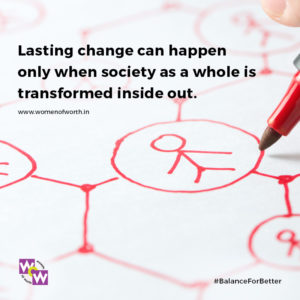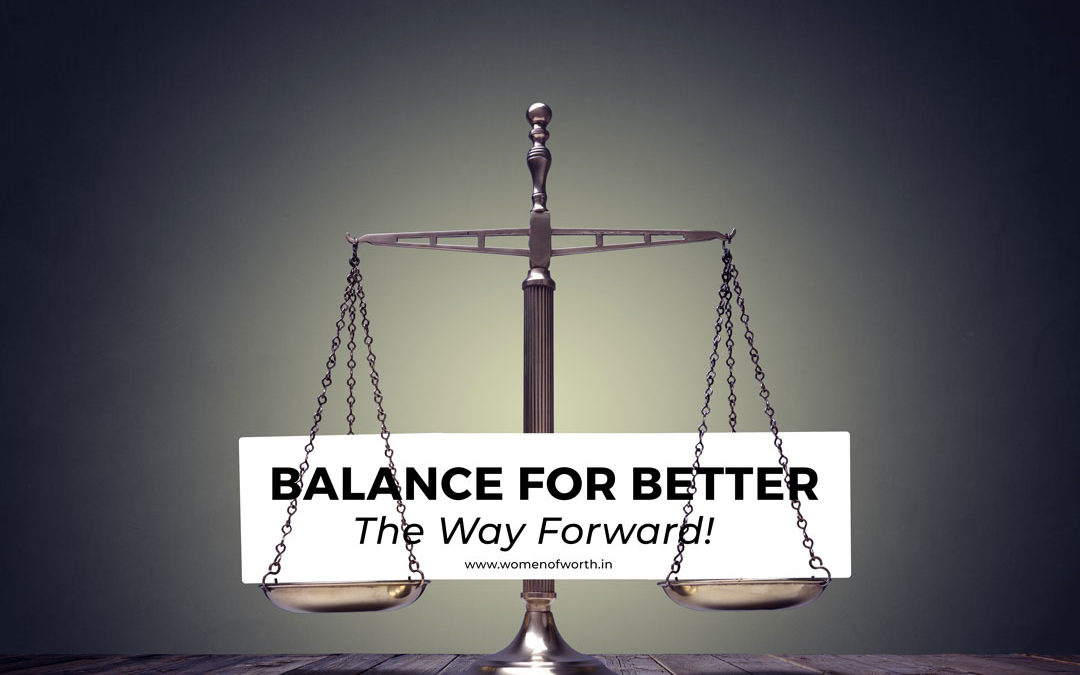Welcome to women’s history month!
It is always the highlight of every year around this time for us at WOW to celebrate who we are as women, anticipate the changes that are yet to be and be challenged to participate in being change agents who facilitate justice and equality for women and the girl child.
Throughout 2019 our focus will be directed towards emphasizing the need to create a culture of safety for women. Safety is crucial to a person’s well-being and immensely influences one’s quality of life. Lack of safety for women stands in the way of women living lives to their full potential. It is a fact that even today the most vulnerable people group in any part of the world are women and children. Women and the girl child face the brunt of all the worst forms of deprivations. It is imperative that we press on to find solutions that ensure their safety and well-being.
Issues of safety for women and the girl child begin long before they see the light of day. It begins in the womb and continues on through their life span. Women continue to face violence in the form of ‘gendercide’ (the extermination of the female foetus or infant), domestic violence, rape, molestation, human trafficking, sexual harassment, eve-teasing, neglect, abandonment and more. Also, our definition of safety is incomplete if we don’t include emotional, verbal and intellectual forms of abuse.
Before we ask ourselves what we can do to address issues of safety for women and the girl child, we should consider why they face these forms of violence and what motivates or instigates the perpetrators to exhibit such behaviour. Incidentally, we all should also acknowledge that violence against women is not just endorsed or perpetrated by men. Though the perpetrators are primarily men, women are as guilty of endorsing attitudes ,values,beliefs that perpetuate violence against women.
When it comes to the ‘why’ question about women’s issues of safety, it ultimately boils down to how we value women and the girl child. If they are considered ‘second-class’ and if our social conditioning dictates that women are not equal to men, then it directly will reflect on how we treat them. When our mindset towards women is not challenged, we will continue to experience and endorse violence against women in its various forms. In fact gender inequality in any capacity is an act of violence against women. It is high-time we evaluate our pre-conceived notions and beliefs about women, supported by our cultural practices or traditions.

This is not to say that all our cultural values and practices are all anti-women. But every culture needs to progress to be more meaningful in its expression. And every practice or belief we hold needs to be seen through the lens of our very basic fundamental and constitutional right i.e every human being to be treated with equal value and dignity. Safety is the human right of all people and not just the privilege of a few. Gender, skin colour, religion, caste, economic status or age should not be parameters that determine a person’s worth. And progress needs to be defined by how much we are willing to give room in our belief systems for the dignity and humanity of women and the girl child.
When we recognize this need for a ‘mindset change’, we will have identified one of the fundamental reasons for violence against them. Therefore, safety for women is not an issue that stands alone. On many fronts, it is one of the worst manifestations of prevailing attitudes towards women.
We need to challenge ourselves to rethink our definitions of ‘women’s empowerment’. We need empowerment that starts from within – where we educate a woman to recognize her value and worth. But this is only half the work done. The other half is with how we educate boys and men. Teaching them to respect women as equals is crucial. We don’t have real safety if our concepts of safety is defined by the restrictions we place on women. As long as we hear comments like, ‘what was she wearing when this happened?’ or “why did she go out that late?’ we are setting false or weak standards for a woman’s safety. True empowerment will take into consideration both obvious and hidden factors that shape and mould our attitude towards women. It is in accepting, endorsing and promoting the equality of women in all spheres that genuine safety is birthed. The idea that women are equal needs to span across boardrooms to public offices to schools and colleges. The idea then has to become our posture towards women and the girl child. When we truly begin to acknowledge the equality of women in our attitudes and mind-set we will rise above finding symptomatic solutions to women’s safety.
In keeping with this year’s IWD theme, #balanceforbetter, if balance has to be achieved, men need to be part of the change process. If organisations have to grow, the quickest, fastest, and smartest way is to invest in developing women, creating conducive environments and introducing equitable work place policies. Lasting change can happen only when society as a whole is transformed inside out. This means change at the individual level as well as at the systemic levels. Let not history document how even this generation failed to make a dent in the dream of an equitable world.


